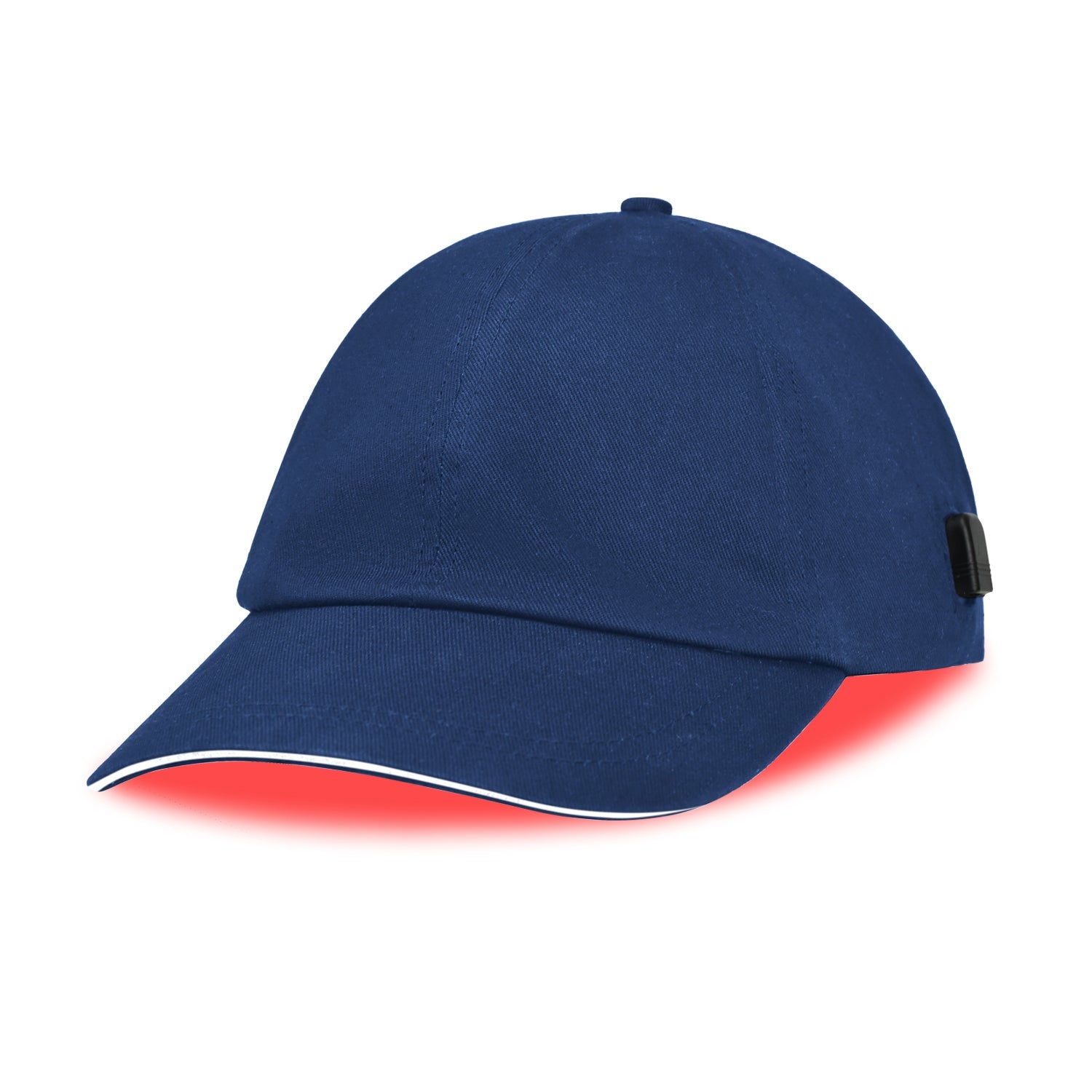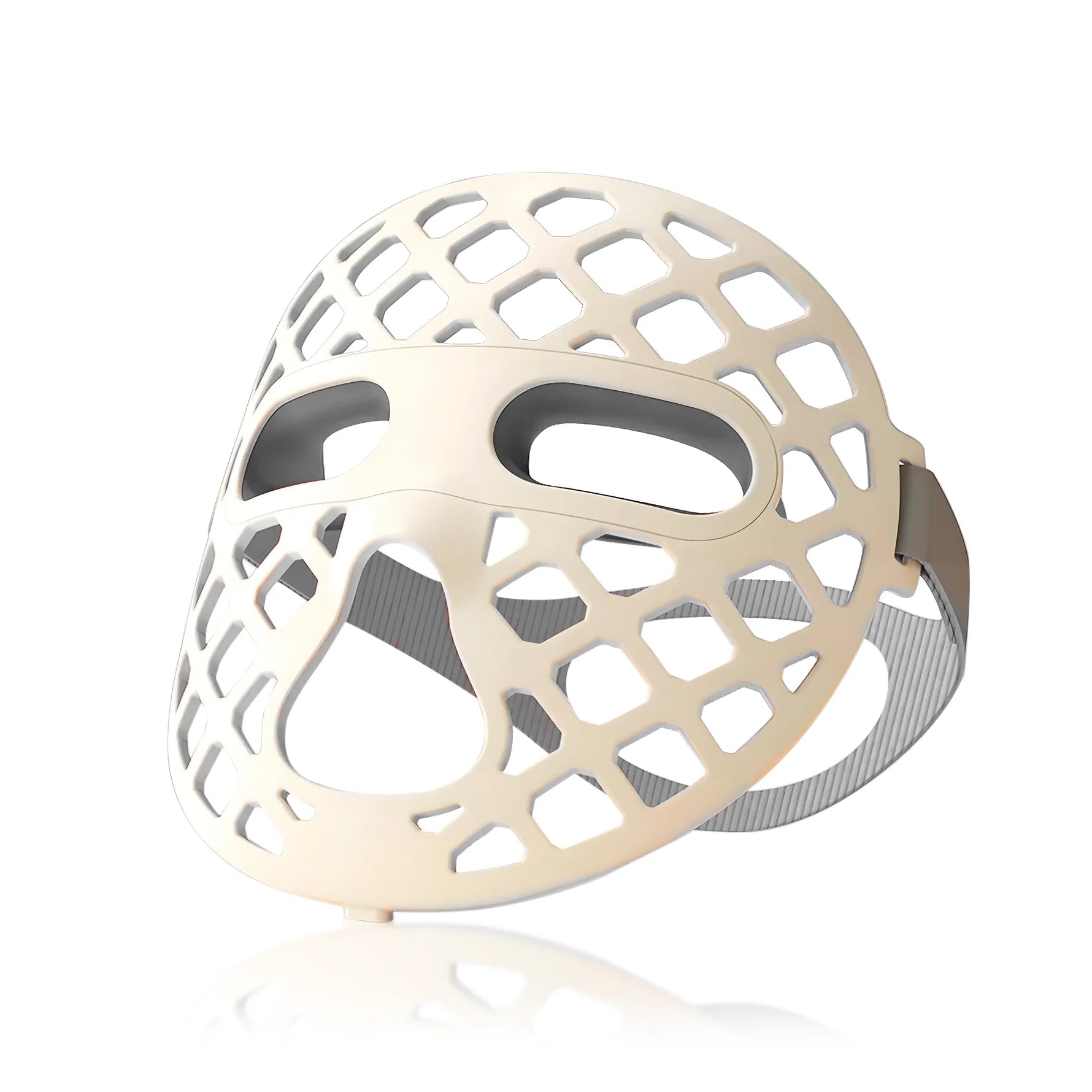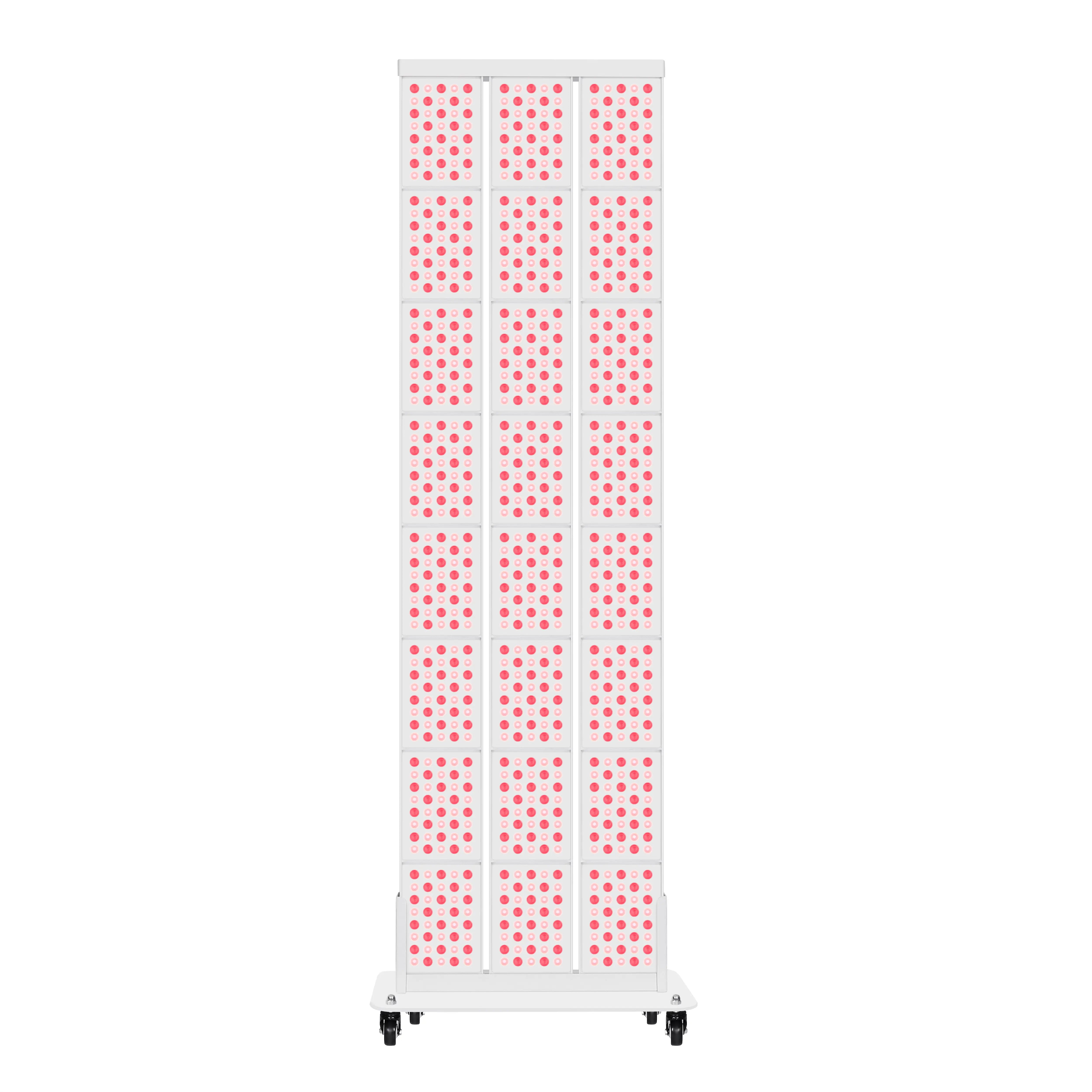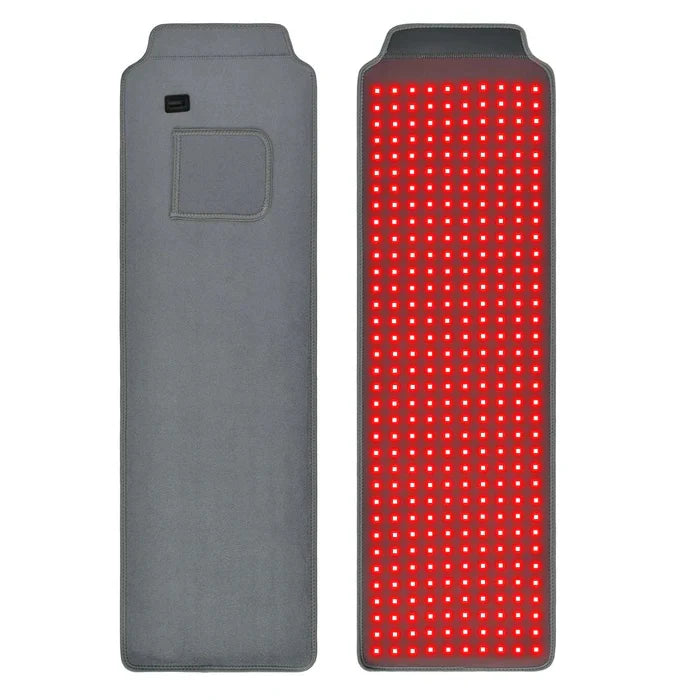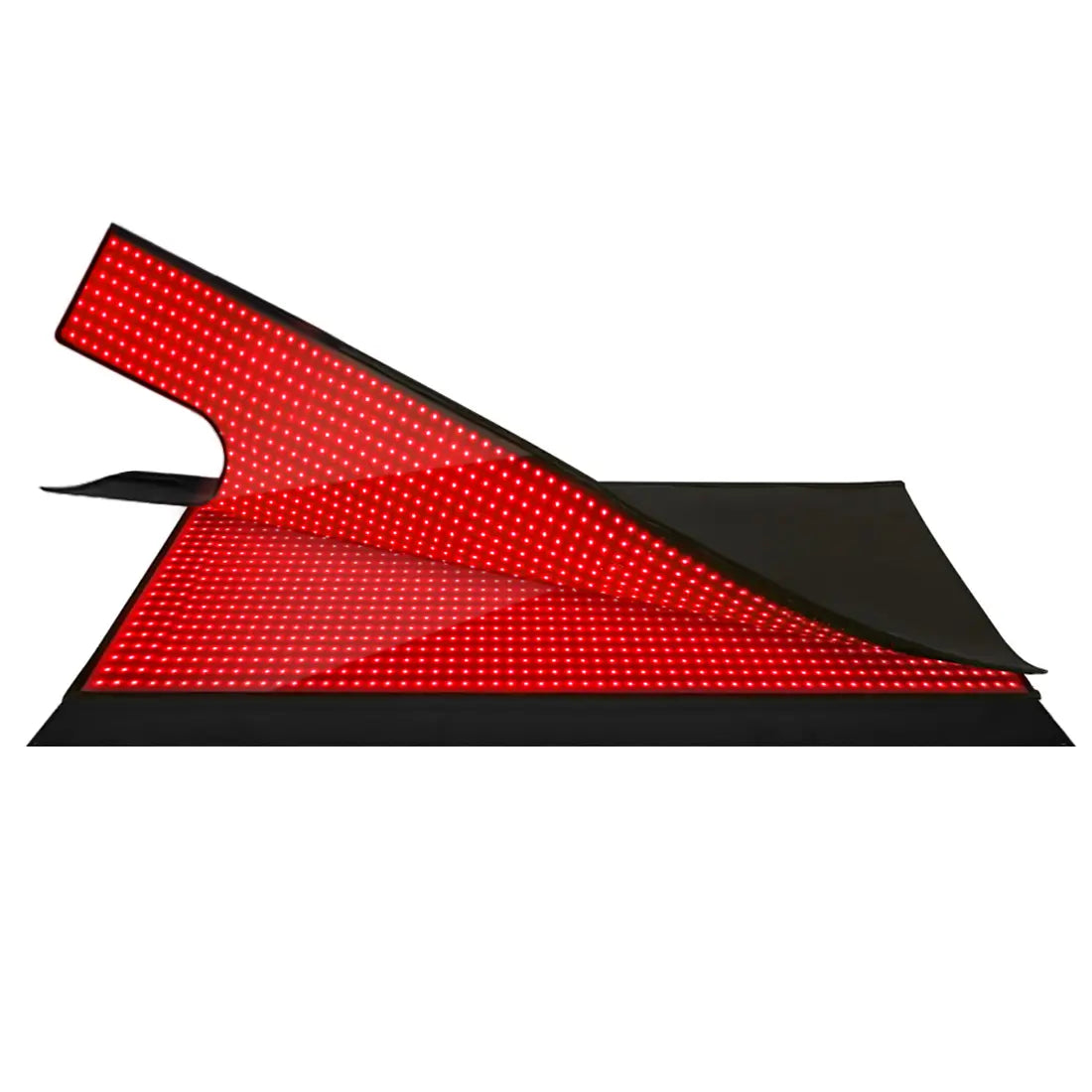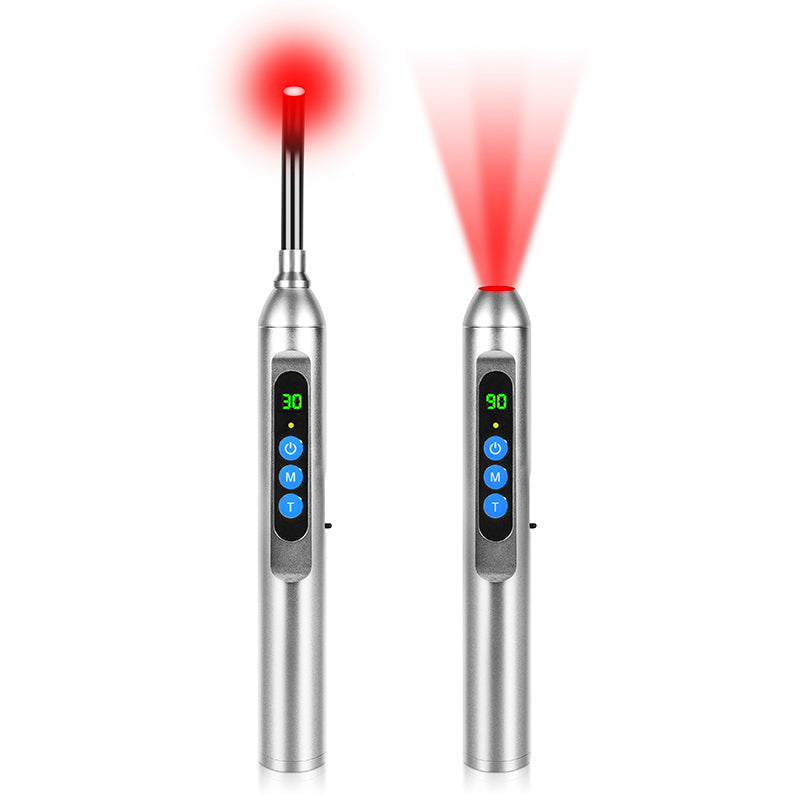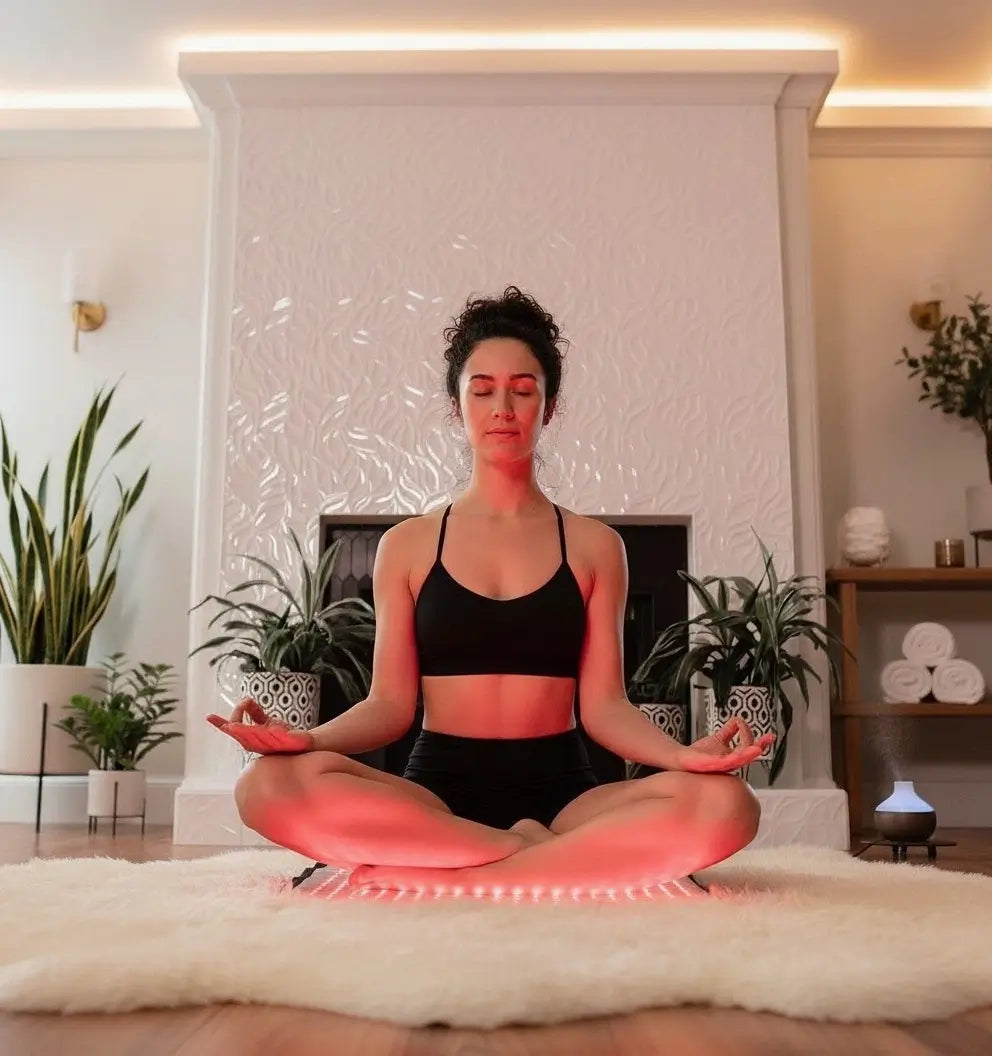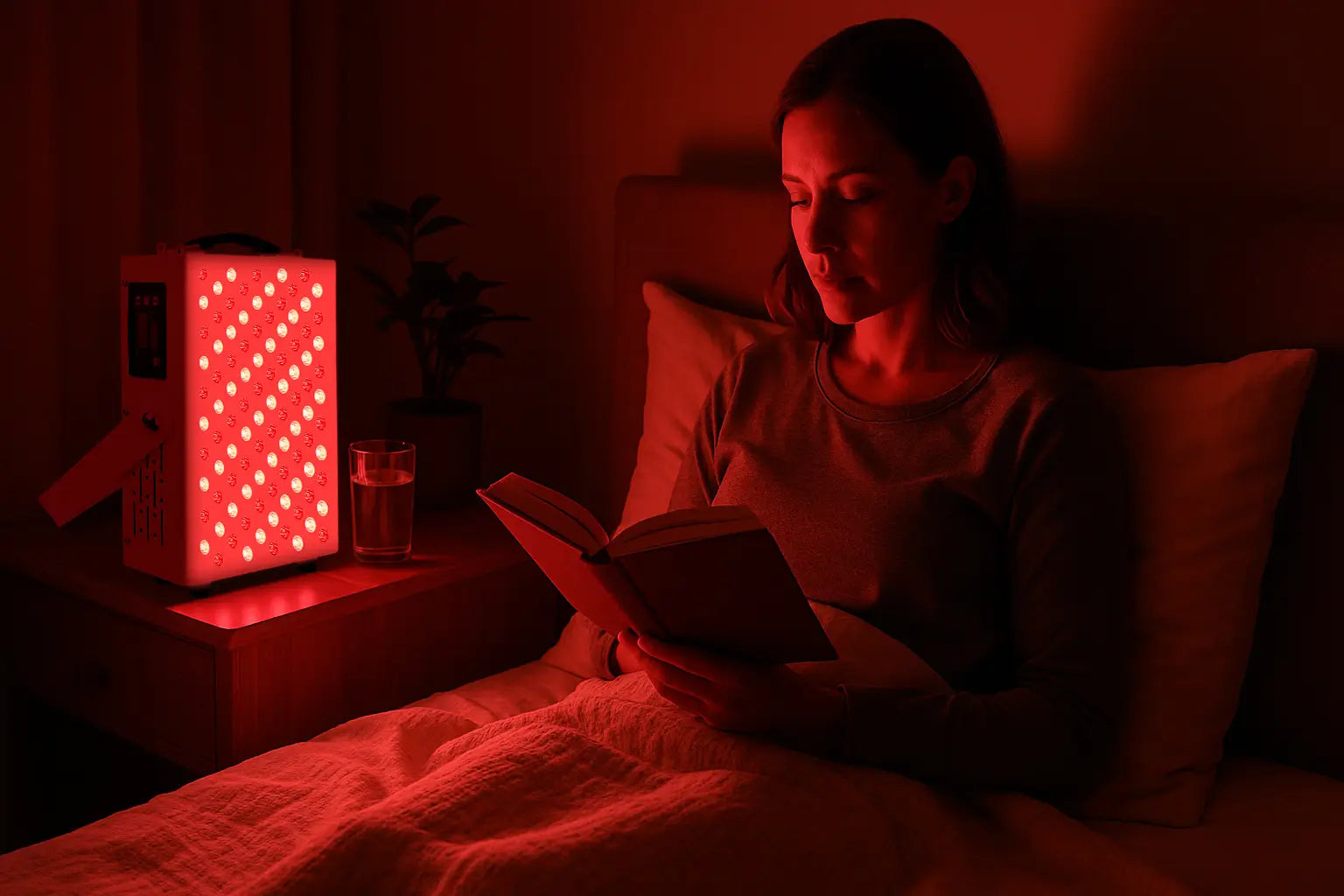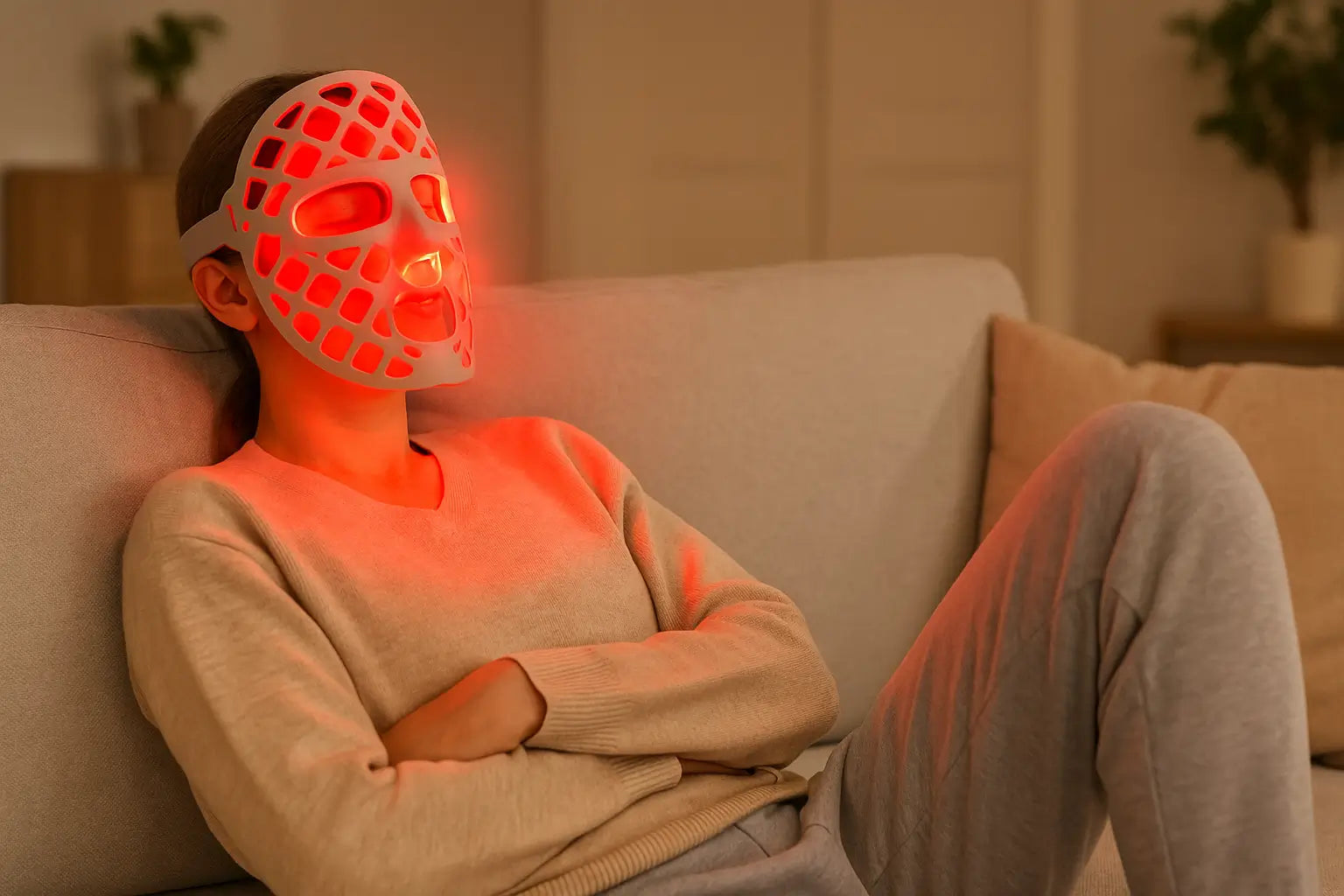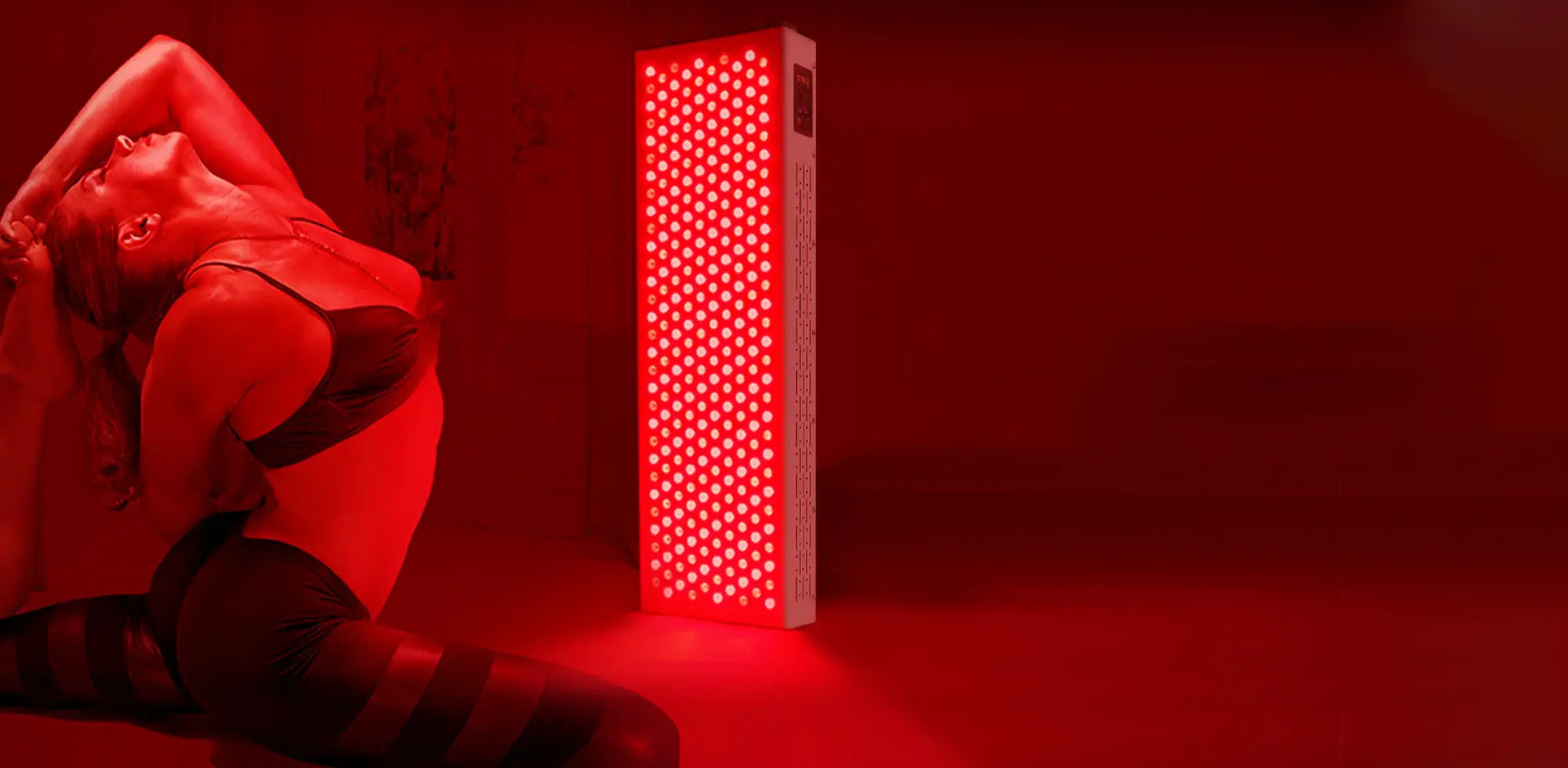Quick Answer
Yes. A deficiency in key nutrients, especially Iron, Vitamin D, and Zinc, is a frequent cause of hair loss. However, it's essential to get a proper diagnosis from a healthcare professional to rule out other factors.
Introduction
Seeing more hair in your brush or shower drain is concerning. While many factors can be at play, the cause is often simpler than you think: a nutritional deficiency. Your hair follicles require a steady supply of specific vitamins and minerals to thrive, and when these are lacking, hair growth is one of the first things your body puts on hold.
This guide will help you understand which vitamin deficiency causes hair loss, how to get a proper diagnosis, and what effective solutions, from diet to innovative therapies, are available to restore your hair’s health.

What Are the Essential Nutrients for Healthy Hair?
Think of your hair as a high-maintenance plant. It needs the right soil, sunlight, and water to flourish. For your hair, that translates to a specific profile of vitamins and minerals delivered through your bloodstream.

The B-Vitamins: The Powerhouse of Biotin, Folate, and B12
This family of vitamins plays a foundational role. Biotin (B7) is famous for its connection to hair health because it's involved in producing keratin, the very protein your hair is made of. Folate and B12 are crucial for creating red blood cells, which carry oxygen and nutrients to your scalp and follicles. A shortfall can disrupt this vital delivery service.
Vitamin D: The Sunshine Vitamin for Follicle Health
Often associated with bone health, Vitamin D is also essential for hair. It helps create new follicles, the tiny pores from which new hairs grow. When Vitamin D levels are low, this regenerative process can be hindered, potentially contributing to thinning over time. This is a key reason why vitamin D hair loss is a significant concern for many.
Iron and Zinc: The Mineral Foundations for Strong Hair
These two minerals are non-negotiable for a healthy head of hair. Iron is essential for producing hemoglobin, which transports oxygen for the growth and repair of cells, including the cells that stimulate hair growth. Zinc is a workhorse that aids in hair tissue growth and repair. It also helps keep the oil glands around the follicles functioning correctly.
Which Vitamin Deficiency Causes Hair Loss Most Often?
While any nutritional gap can be problematic, a few specific deficiencies are repeatedly identified as primary culprits behind hair loss. Understanding which vitamin deficiency causes hair loss most frequently can help you and your doctor narrow down the potential cause.
Iron Deficiency: A Primary Cause of Excessive Shedding (Telogen Effluvium)
This is one of the most common causes of hair loss, especially in women. When your body doesn't have enough iron, it cannot produce the hemoglobin in your blood. This condition, known as anemia, starves your hair follicles of the oxygen they need to thrive. As a result, your hair may shift prematurely from the growing phase (anagen) to the shedding phase (telogen), leading to noticeable thinning.

Low Vitamin D: Its Impact on Hair Density and Growth Cycles
The link between vitamin D and hair loss is well-documented. This deficiency is incredibly common, particularly for people living in colder climates with less sun exposure. Since Vitamin D plays a part in new follicle creation, chronically low levels can impact your hair's overall density and thickness. It has also been linked to alopecia areata, an autoimmune condition that causes hair to fall out in patches. A lack of this nutrient is a serious potential factor in any investigation into vitamin deficiency hair loss.
Biotin and Zinc: How Deficiencies Affect Hair Strength and Structure
A true biotin deficiency is rare, but when it occurs, hair loss is one of its most prominent symptoms. More common is a suboptimal level of zinc. A zinc deficiency can not only cause hair to shed but can also lead to changes in the hair that remains, making it look dry and brittle. Because the body doesn't store zinc, you need a consistent daily intake to support functions like hair health. This makes it a frequent suspect when a vitamin deficiency causes hair loss.
How Can You Get a Proper Diagnosis for Your Hair Loss?
Self-diagnosing is never a good idea. While a nutritional deficiency is a likely cause, other factors like hormonal changes, thyroid issues, stress, or genetics could be at play. Getting a clear and accurate diagnosis is the most important step you can take.
Step 1: Professional Consultation to Rule Out Other Causes
A doctor or dermatologist can take a full medical history, examine your scalp, and determine the right course of action. They can differentiate between various types of hair loss and ensure there isn't a more serious underlying medical condition. This professional guidance is essential before you start any treatment plan.

Step 2: Key Blood Markers to Identify Specific Deficiencies
To confirm a suspected nutritional issue, your doctor will likely order a blood test. This provides definitive data about your body's nutrient levels. Empower yourself by knowing what tests to ask about.
| Test Name | What It Measures | Why It's Important for Hair Health |
| Serum Ferritin | Your body's stored iron reserves. | This is the most important test for iron-related hair loss. Low ferritin is a classic indicator. |
| 25-hydroxy Vitamin D | Your blood level of Vitamin D. | Directly confirms a deficiency and helps diagnose vitamin D hair loss. |
| Serum Zinc | The level of zinc in your blood. | Helps identify a zinc deficiency that could be impacting hair growth and structure. |
| Thyroid Panel (TSH) | Thyroid hormone levels. | Rules out hypothyroidism or hyperthyroidism, which are common causes of hair loss. |
What Are the Best Solutions for Hair Regrowth?
Once you have a proper diagnosis, you can begin a targeted treatment plan. The goal is not only to stop the shedding but also to create the ideal environment for robust hair regrowth.
Foundational Care: Strategic Nutrition and Supplementation
If a deficiency is confirmed, the first line of defense is diet and, if recommended by your doctor, supplementation.
- For Iron: Focus on red meat, spinach, lentils, and fortified cereals.
- For Vitamin D: Include fatty fish (salmon, mackerel), fortified milk, and eggs.
- For Zinc: Oysters, beef, pumpkin seeds, and lentils are excellent sources.
- For B-Vitamins: Eat a variety of whole grains, almonds, meat, and dark, leafy greens.
Innovative Therapy: At-Home Red Light for Follicular Stimulation
Beyond nutrition, modern technology offers powerful, non-invasive ways to re-energize your scalp. Red light therapy(RLT), is a science-backed method that uses specific wavelengths of light to stimulate hair follicles.
It works by boosting energy production (ATP) within the cells of the follicle and increasing blood flow to the scalp. This enhanced circulation delivers more oxygen and nutrients directly to the hair roots, helping to awaken dormant follicles and extend the hair's growth phase. It’s a targeted approach that directly addresses the cellular health of your scalp.
For this therapy to be effective, consistency is crucial. This is where at-home red light therapy caps have become a game-changer. They offer a convenient and efficient way to get consistent, clinic-level treatment from the comfort of your home, making it easier to integrate this powerful therapy into your daily routine.

Conventional Options: An Overview of Medical Treatments
Treatments like Minoxidil (Rogaine) and Finasteride (Propecia) are also available. These are effective for many people but can come with potential side effects and require continuous use. Additionally, massaging the scalp may help reduce hair loss by increasing blood circulation to the hair follicles. They are best discussed with your doctor to see if they are the right choice for your specific situation.
Why Is a Proactive, Holistic Approach Key to Hair Vitality?
Addressing hair loss is about creating a comprehensive ecosystem of health that supports long-term hair vitality. While a vitamin deficiency hair loss issue is a common and fixable problem, the journey to lush, healthy hair is most successful with a proactive and holistic strategy.
Start by getting a definitive diagnosis from a healthcare professional to understand the root cause. From there, build a strong foundation with a nutrient-rich diet. Finally, consider incorporating innovative and convenient therapies like at-home red light treatment to stimulate your follicles directly. By combining nutritional wellness with advanced, science-backed care, you are taking a powerful, multi-faceted approach to restoring and maintaining the health and beauty of your hair for years to come.


